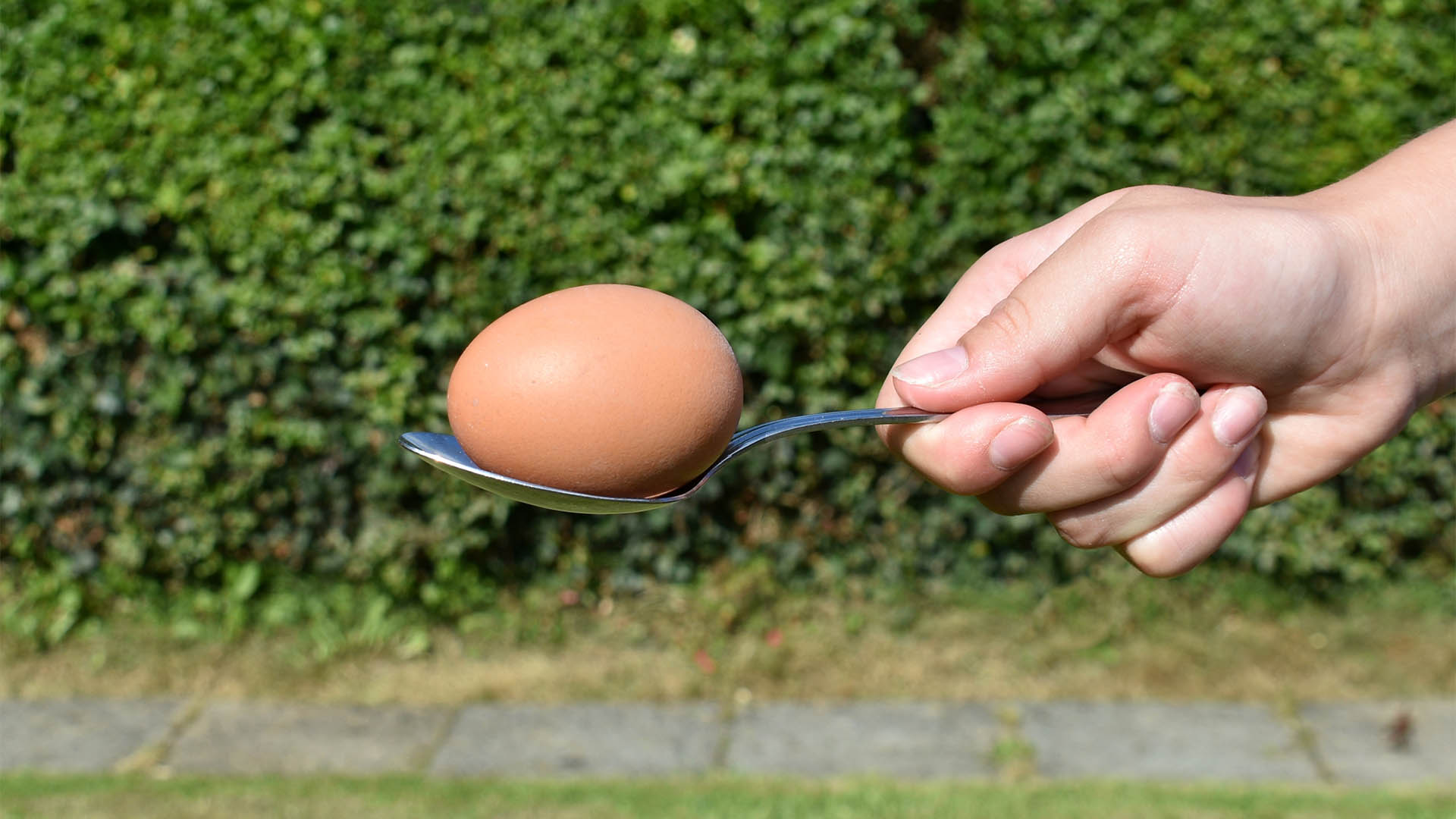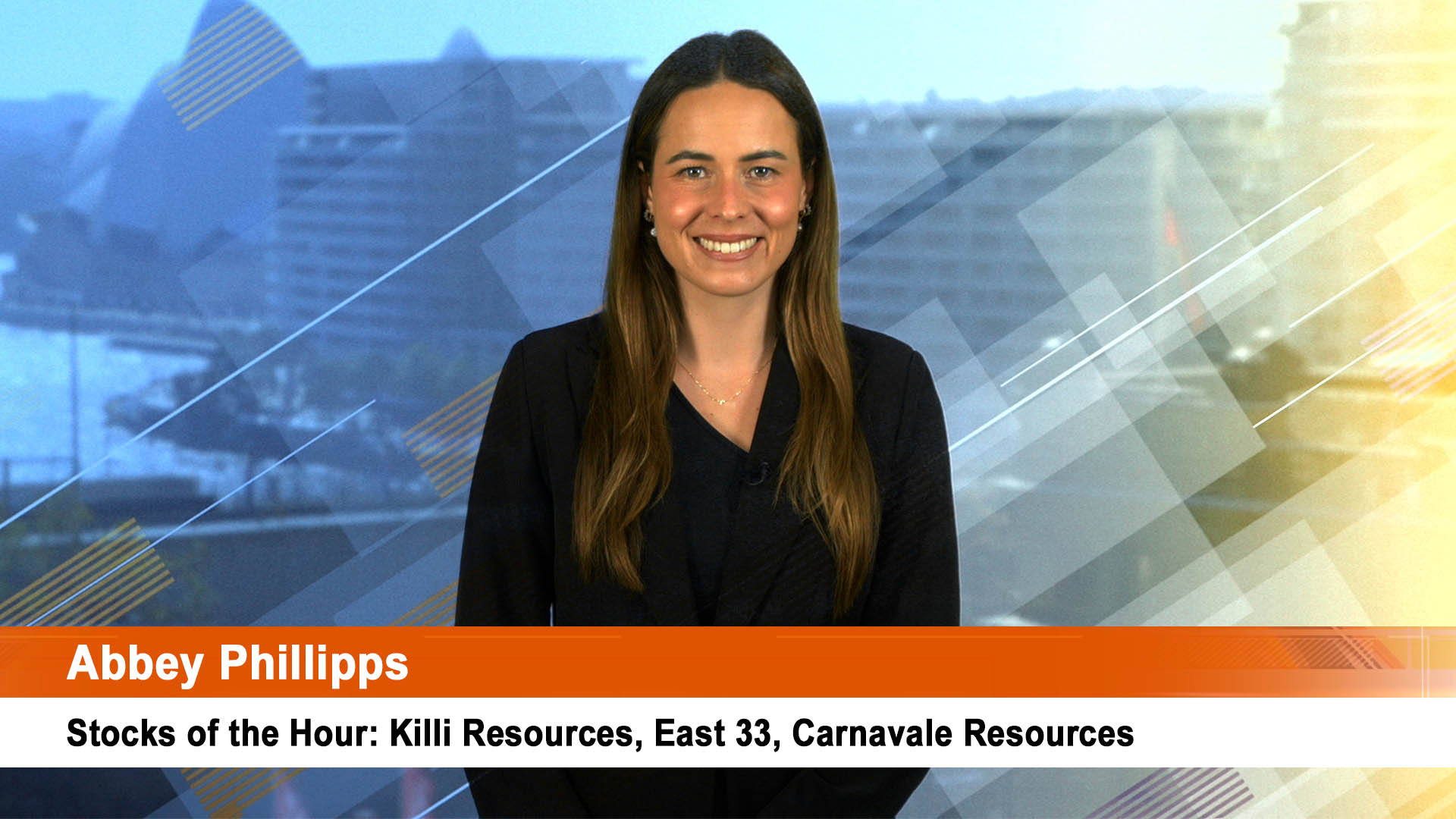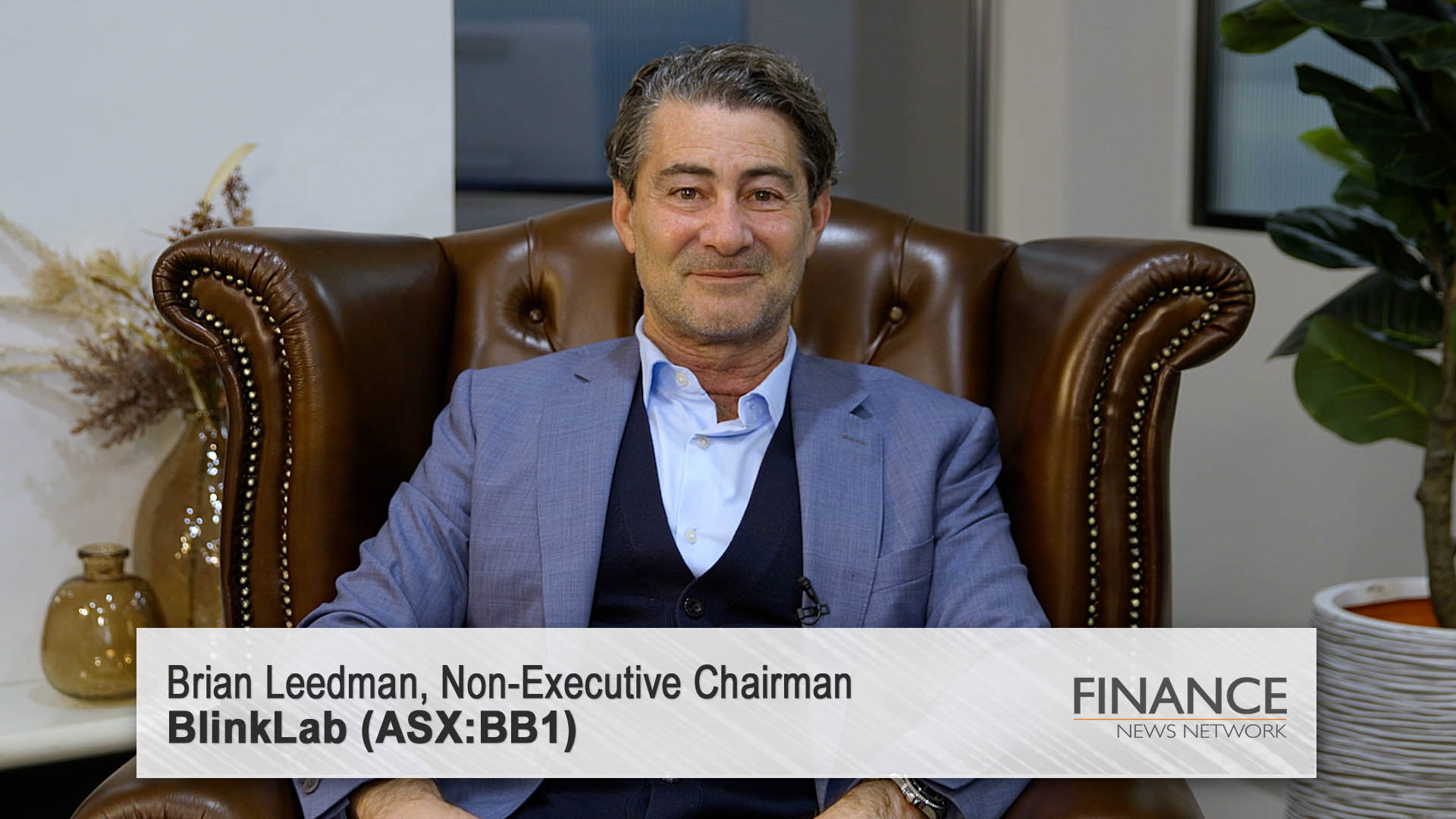As expected, no rate rise from the Reserve Bank yesterday and none for months to come, perhaps into 2019 if the interest rate futures market is any guide.
While the RBA continues to see improving global conditions indicated that its forecasts for Australian growth to pick up are “largely unchanged” (we will get an update on Friday) and that it still sees inflation picking up gradually, it saw no reason to change the cash rate from the current 1.5%.
The decision helped add to the boom-like day on the ASX yesterday the wake of Monday’s big rise in iron ore prices, plus higher oil and gold prices (which we told you about yesterday morning).
The ASX 200 index ended the session up 60 points, or 1%, at 6014 (the first time since January 2008).
The All Ordinaries, which crossed the 6000 level some days ago, also rose 60 points and 1%, to 6087. The Aussie dollar traded around 76.75 uS cents.
The market has not fully priced in a rate rise until May 2019, up from December 2018 according to the futures markets. That would leave interest rates on hold for an extraordinary 33 months in a row.
In terms of the growth outlook it remains upbeat about the outlook for non-mining investment and employment – which we have already seen with 371,000 new jobs created in the year to September.
The revised CPI weights from the ABS reflecting the latest spending patterns will result in a downwards revision to the RBA’s inflation forecasts for the year ahead, to be published in this Friday’s 4th Statement on Monetary Policy for the year.
Dr Lowe said the board expects inflation, which remains below the bank’s target range of 2% to 3% to lift gradually as economic growth improves.
“In underlying terms, inflation is likely to remain low for some time, reflecting the slow growth in labour costs and increased competitive pressures, especially in retailing."
"The low level of interest rates is continuing to support the Australian economy. Taking account of the available information, the Board judged that holding the stance of monetary policy unchanged at this meeting would be consistent with sustainable growth in the economy and achieving the inflation target over time,” the statement from Dr Lowe concluded.
"The central forecast is for GDP growth to pick up and to average around 3 per cent over the next few years. Business conditions are positive and capacity utilisation has increased.
"The outlook for non-mining business investment has improved, with the forward-looking indicators being more positive than they have been for some time. Increased public infrastructure investment is also supporting the economy.
"One continuing source of uncertainty is the outlook for household consumption. Household incomes are growing slowly and debt levels are high,“ Dr Lowe said. The AMP’s chief economist, Dr Shane Oliver says inflation “is probably currently running around 1.6% year on year now rather than 1.8%” which was already on the low side.
Wages growth and inflation remain low (1.6% not 1.8% in the year to June), the outlook for consumer spending remains uncertain (retail sales have not risen for three months).
But oddly the RBA remains concerned about the strong Australian dollar and it notes that the Sydney housing market has eased further.
Dr Oliver said in a note late yesterday that “the RBA remains stuck between a rock and a hard place on interest rates.”
“Improving global growth and the RBA’s own forecasts for stronger growth along with solid business conditions and employment growth argue against rate cuts.
“But ongoing low inflation and wages growth, uncertainty around consumer spending as highlighted by very weak retail sales in September, signs that the housing cycle is slowing and the still strong $A argue against a rate hike.
"We remain of the view that the RBA will leave the cash rate on hold until a probable rate hike late next year. The risk is that rates won’t start rising until 2019 though,” Dr Oliver wrote.













